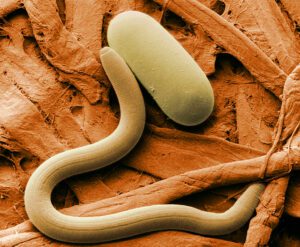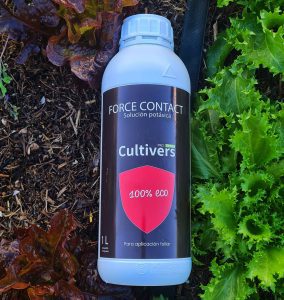What is COCHINILLA?
Cochineal, a common and very harmful pest, are hemiptera insects. What this means is that they are four-winged animals, with sucking trunks and articulated beaks. They are characterized by a round or oval protective shield of different colors depending on the species. These small animals, which measure between 1 mm and 1 cm, stick their sucking beaks into the leaves. Especially on the back, stems and fruits of plants, to absorb their sap, part of which they excrete in the form of honeydew (sugary liquid).
This small hemiptera is also known as caspilla, conchuela or coccidia and cotonet among other names.
Why does cochineal come out in our plants?
The mealybug appears when the plant is sick, weak or when it suffers some kind of stress, usually caused by incorrect transplanting or pruning.
These organisms can be seen at a glance, as can their effects. In general, mealybugs are more frequent during warmer and drier times of the year or when plants lack the necessary nutrients, thus falling within the parameters described above.

How does mealybug AFFECT our plants?
Mealybugs absorb plant sap affecting many plants, trees and shrubs. Infestation of these insects can produce honeydew and black sooty mold and cause leaves to turn yellow or drop prematurely.

Some parts of the plant may be malformed or die depending on the species and number of mealybugs. To control these insects, the plant must be properly cared for and the natural enemies must be preserved.
How to ELIMINATE mealybugs naturally?
PREDATORS OF MEALYBUGS
Cryptolaemus montrouzieri is the most effective natural enemy and therefore the most widely used.
Rodolia cardinalis adults are red with black spots. The larvae are reddish and lay eggs next to the mealybug and the larvae feed on the eggs and nymphs of the mealybug when they emerge. Preying on mealybugs in both adult and larval stages.

MEALYBUG PARASITOIDS
Anagyrus pseudococciis a solitary cenobiont endoparasitoid, only one larva develops inside the host, although it can deposit more than one egg in its host.
Leptomaxtix dactylopii the endoparasitic wasp Leptomaxtix dactylopii is a monophagous species, i.e. it has only one satisfactory host.
Since the 1970s, Aphytis melinus has become the predominant species in all orange plantations. The female can kill 80 to 110 mealybugs and it is estimated that up to 50% of the entire mealybug population in a crop can be destroyed by adult feeding.



